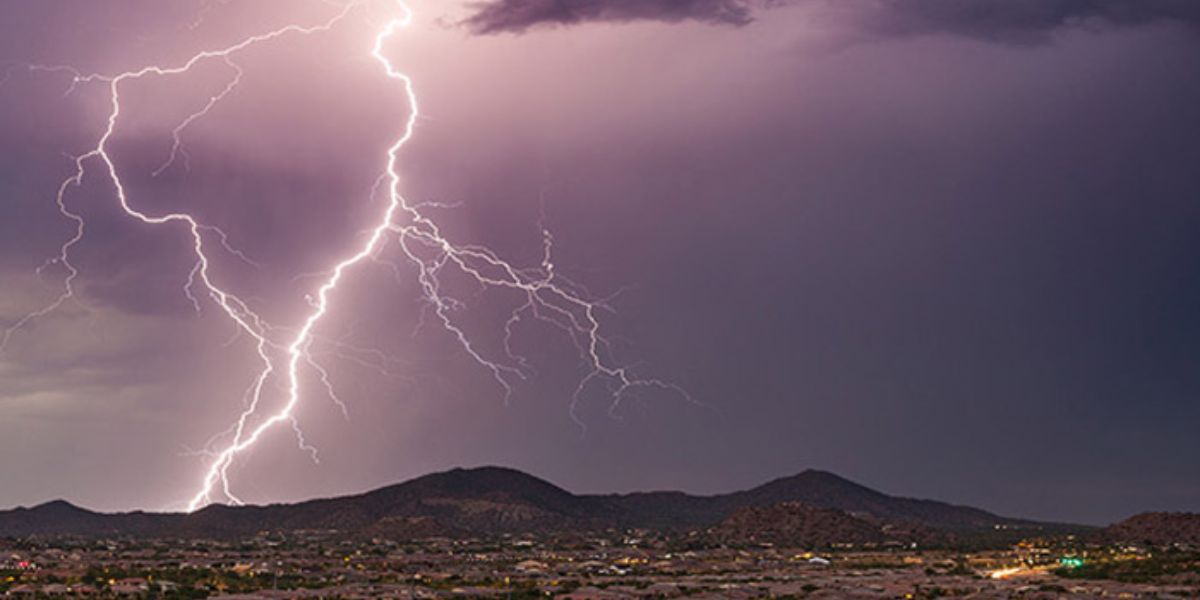Lightning kills around 20 people annually in the United States and injures hundreds more — and the current year is already seeing tragic examples. Last year, three people have lost their lives to lightning, including a fatal incident in Gunter, Texas, this past Sunday. The other deaths occurred in Mississippi and North Carolina in April.
While most people associate lightning danger with direct strikes from the sky, experts warn that there are several other, often overlooked, ways lightning can strike and cause serious injury or death.
According to the National Oceanic and Atmospheric Administration (NOAA), roughly 90% of lightning strike victims survive, but many endure long-lasting effects such as neurological issues or chronic pain.
The Five Ways Lightning Can Strike
1. Direct Strike
The most dramatic — and rare — type of lightning injury occurs when a bolt hits a person directly. The electricity often travels through the nervous system, causing devastating internal damage and sometimes severe burns on the skin.
2. Ground (Step) Current
When lightning hits the ground or a nearby object, the electrical energy radiates outward. A person standing nearby can experience current entering one foot and exiting the other — a phenomenon responsible for more lightning injuries and deaths than direct strikes.
3. Side Flash (Side Splash)
Seeking shelter under a tree? Think again. If lightning strikes that tree, the electrical current can “jump” to a nearby person, causing injury or death.
4. Conduction (Contact Strike)
Lightning can travel through pipes, wires, and metal structures. Using faucets, corded phones, or wired appliances during a storm can expose a person to dangerous electrical currents. Even showering during a storm is risky.
5. Streamers (Upward Leaders)
As storms build, electrical charges sometimes shoot upward from the ground in a process called “streamers.” These rarely complete the circuit but can still cause serious injury or death if they connect with the main lightning channel.
Staying Safe During a Storm
Experts emphasize that your behavior during storms greatly influences your risk of being struck:
- Go indoors immediately if you hear thunder — lightning is close enough to strike.
- Avoid open spaces and tall objects like trees.
- Stay away from plumbing, electrical wiring, and plugged-in appliances.
- Do not use showers or running water during a storm.
The threat of lightning doesn’t end as the storm moves away — the risk diminishes gradually. Always wait until at least 30 minutes after the last thunderclap before resuming outdoor activities.
As lightning fatalities continue to occur each year, understanding the hidden dangers and proper safety precautions remains critical for protecting yourself and your loved ones.









